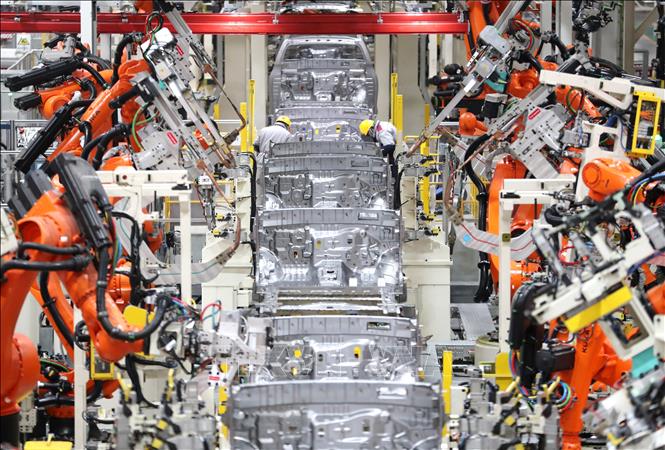
This trend is reflected in the US maintaining high tariffs on Chinese goods, enacting laws such as the CHIPS and Science Act, whose stated purpose is to reindustrialization and efforts to control key technologies. The European Union (EU) is no exception to this trend with its policy of strategic autonomy based on the European Green Deal and measures to protect its internal market. India has also imposed tariffs on imported solar panels since 2018, in order to prevent the influx of similar products from China.
Non-tariff measures, or technical barriers, such as sanitary and phytosanitary measures, are becoming increasingly common. By 2022, more than 70% of world trade will be subject to technical barriers. By imposing specific regulations on the nature of the product or the method of production, these measures effectively create barriers to the import of products that do not comply with the new regulations. The EU has vigorously applied such a policy to protect its domestic agricultural sector, with 90% of agricultural trade subject to these conditions. The restrictive measures constitute an exception to the most-favored-nation principle and are contrary to the multilateralism advocated by the World Trade Organization (WTO).
China has been particularly affected by the rise of protectionism. China’s accession to the WTO in 2001 was synonymous with export growth, as it benefited from significantly reduced tariffs on its exports (under the most-favored-nation clause). However, since the 2008 financial crisis, the Asian powerhouse has become a major target for WTO members. In 2019, 45% of global imports were affected by temporary protectionist measures related to China, up from 14% in 2001. This proportion has continued to increase due to trade tensions between China and the United States, which have escalated since the first term of US President Donald Trump (2017-2021).
The past decade has also marked a shift in the use of trade policy. The classic rationales for protecting domestic industries have now been replaced by political and, more broadly, geopolitical arguments. Trump’s first term as President is a prime example, illustrating the close connection between trade policy and election platform. He built a media campaign based on the slogan “America First” to win the race to the White House, term 2017-2021, and continued to be elected in the recent US presidential election with the slogan “Make America Great Again”.
Finally, it is observed that countries are increasingly using non-traditional instruments that do not appear to have protectionist intentions at first glance, but have a very protectionist impact. For example, the Inflation Reduction Act (IRA) passed by the US government in July 2022 allows US households and businesses to benefit from subsidies for the consumption and production of electric vehicles. But under the guise of promoting the green car industry, the law provides public subsidies with domestic preferential treatment. Similarly, the EU has equipped itself with new trade instruments that allow it to adopt measures to strengthen internal protectionist policies in response to external pressures.
Opportunities and challenges intertwine
Protectionist policies have led to a complete restructuring of the global supply chain. Businesses are shifting from cost optimization to safety assurance. Three major trends are taking place in the world: moving production to trusted allies (friendshoring), moving production closer to the consumer market (nearshoring), and bringing production lines back home (re-shoring).
This deliberate restructuring of trade for security purposes increasingly imposes a logic of proximity, both geographically and in terms of value – a way of giving substance to the concepts of nearshoring or friendshoring. In fact, the US wants to move closer and build value chains on the US mainland under the framework of the United States-Canada-Mexico Agreement (USMCA). In Asia, in line with the idea of globalization among friends, the US prioritizes trade with its allies – Japan, South Korea and Taiwan (China) – especially in the exchange of key technologies such as the latest generation of chips.
The trend of deglobalization brings both opportunities and challenges. On the positive side, it helps to strengthen the security of supply chains, promote domestic industrial development, and reduce dependence on single sources of supply. However, we cannot deny the negative impacts: increased production costs, higher inflation, and reduced economic efficiency due to the loss of specialization and scale.
According to Isabelle Job-Bazille, Director of Economic Research at Crédit Agricole in France, although recent events have shown a stronger protectionist trend, the implementation of protectionist measures also seems to have become more difficult and uncertain for governments, given the intertwining of international value chains. Therefore, it is difficult to know whether the economy that adopts protectionist policies will end up paying more additional costs than the economies that were initially targeted.
For example, a recent study by US economists Mary Amiti, Stephen Redding and David Weinstein found that in 2018, during the Trump administration’s protectionist measures, the profit margins of businesses exporting to the US remained unchanged because the entire increase in customs duties was passed on to the selling price. As a result, it was US consumers and US companies importing goods needed for their production that paid the protectionist tariffs, estimated at up to $4 billion per month.
Thus, the protectionist tariff measures implemented under President Trump have increased the price of goods coming into the US from China, and the ones who pay for this increase are domestic consumers and importing businesses, not businesses or exporting countries. This highlights the potential incompatibility between the goals of governments and those of businesses. Geopolitics belongs to governments, but its translation into economic relations depends on the behavior of businesses, often multinationals.
Looking ahead, the protectionist trend is expected to continue and deepen in the coming years. The period 2024-2025 will witness the continuation of protectionist policies and supply chain restructuring. By 2026-2030, we can see the clear emergence of a multipolar trade order, with regional supply chains and a new balance in international economic relations. In this context, countries need to develop appropriate national industrial strategies, diversify trade relations and invest heavily in technology and human resources.
The key is to find a balance between protectionism and openness, between security and efficiency. For businesses, this is a crucial time to adjust their strategies. It is necessary to diversify supply chains, promote digitalization and automation, and develop the domestic market as a front line against external fluctuations.
The trend of de-globalization and trade protectionism does not mean the end of international cooperation. Instead, the world is witnessing a transition to a new model - one that balances integration and autonomy, efficiency and security. The challenge for the international community is how to manage this transition effectively, avoid unnecessary conflicts and ensure a fair and sustainable world economic order for all parties.
Final article: Affirming Vietnam's position in the global market
Source: https://doanhnghiepvn.vn/kinh-te/trien-vong-tang-truong-tu-mot-the-gioi-bien-dong-bai-4-xu-huong-len-ngi-cua-chu-nghiep-bao-ho-va-phi-toan-cau-hoa/20241206102115459


![[Photo] Ho Chi Minh City: People are willing to stay up all night to watch the parade](https://vstatic.vietnam.vn/vietnam/resource/IMAGE/2025/4/29/cf71fdfd4d814022ac35377a7f34dfd1)
![[Photo] General Secretary attends special art program "Spring of Unification"](https://vstatic.vietnam.vn/vietnam/resource/IMAGE/2025/4/29/e90c8902ae5c4958b79e26b20700a980)


![[Photo] Demonstration aircraft and helicopters flying the Party flag and the national flag took off from Bien Hoa airport](https://vstatic.vietnam.vn/vietnam/resource/IMAGE/2025/4/30/b3b28c18f9a7424f9e2b87b0ad581d05)
![[Photo] Ho Chi Minh City residents "stay up all night" waiting for the April 30th celebration](https://vstatic.vietnam.vn/vietnam/resource/IMAGE/2025/4/30/560e44ae9dad47669cbc4415766deccf)
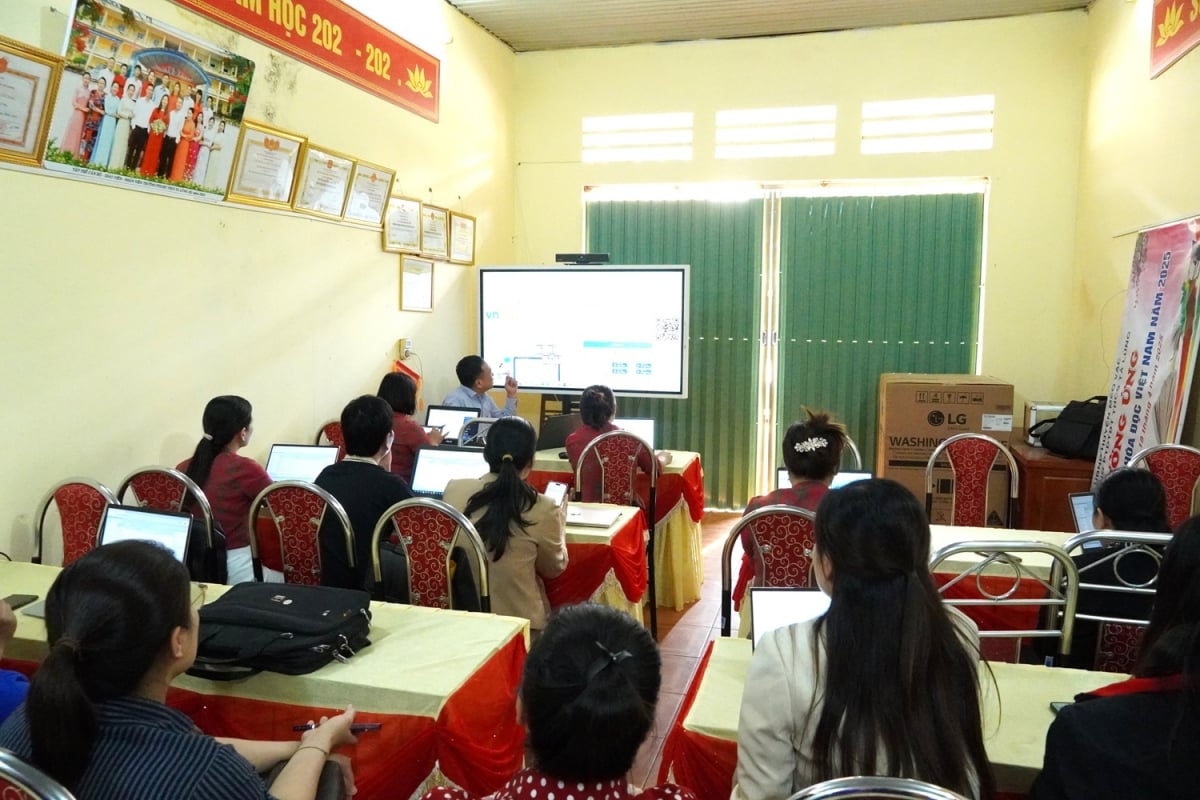


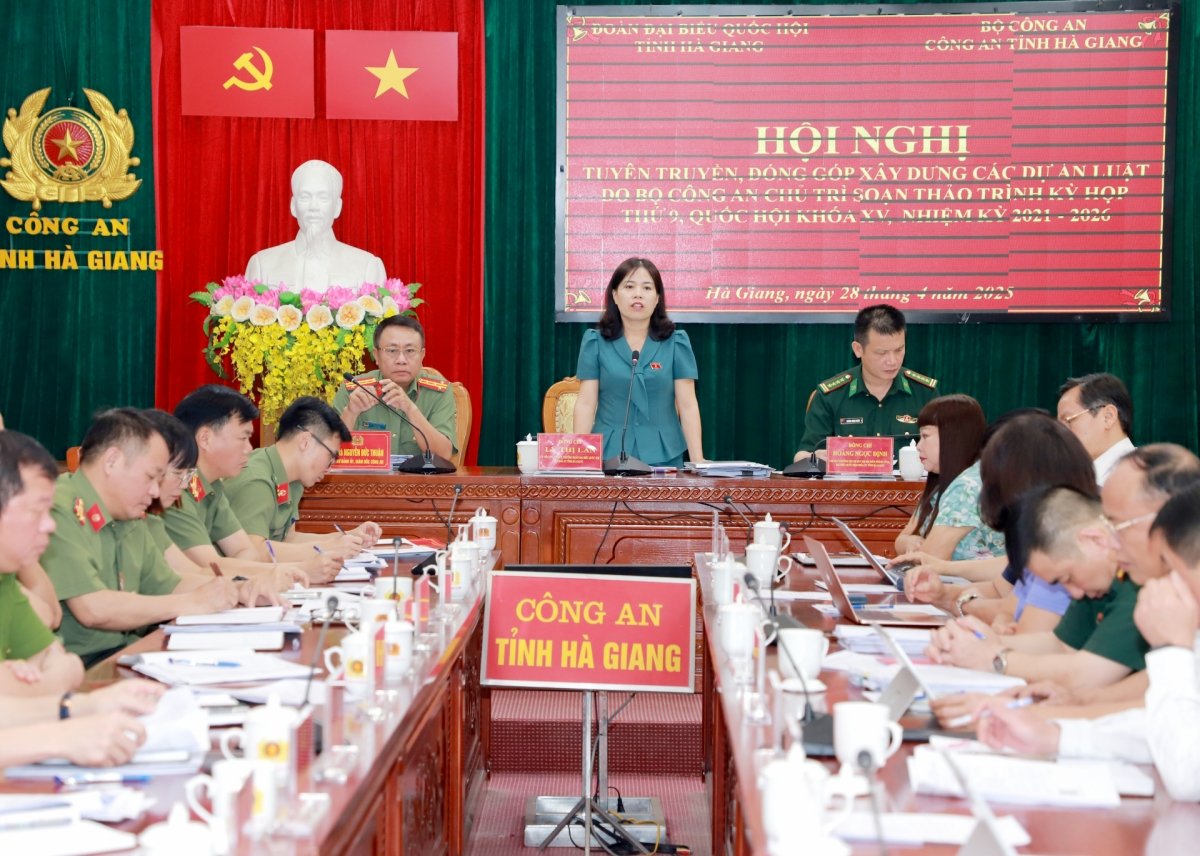
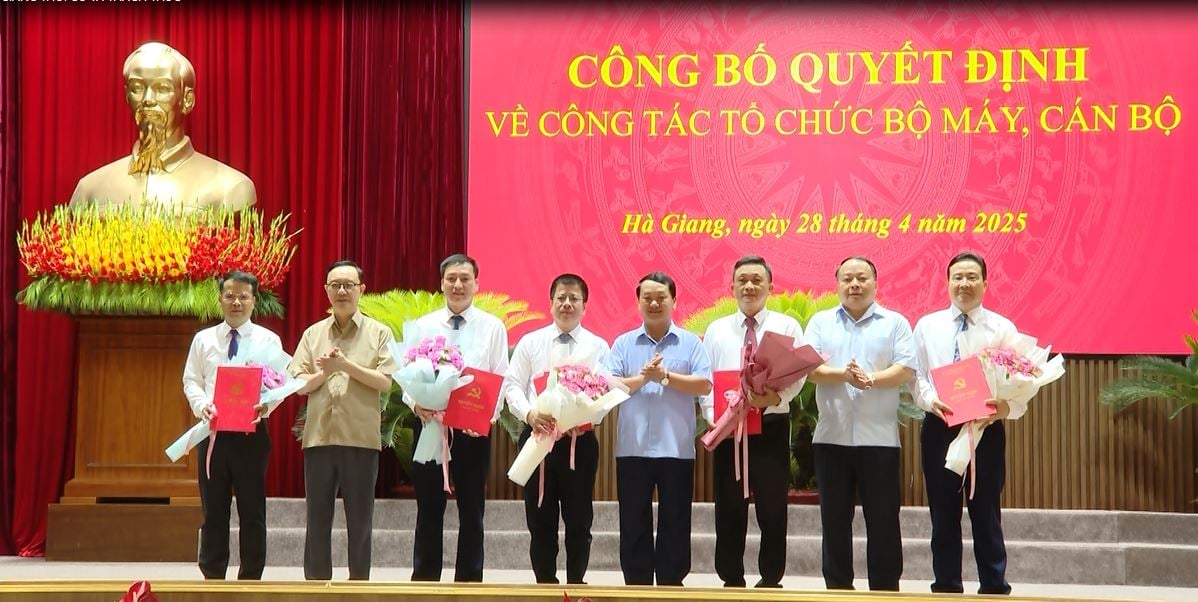




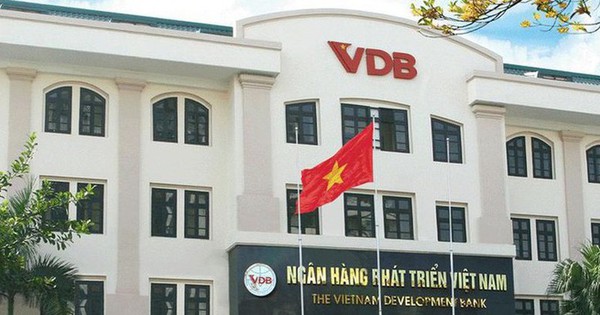

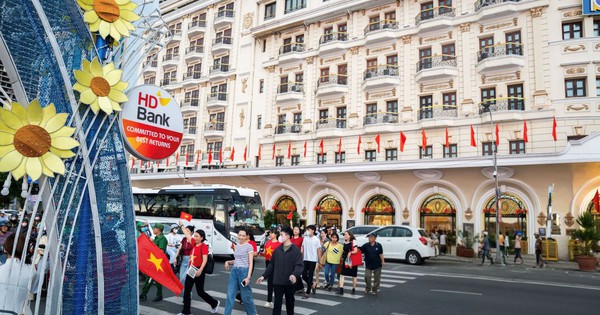










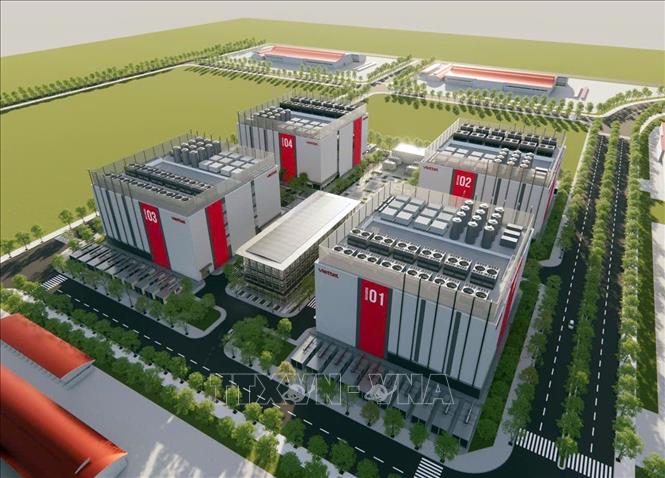
![[Photo] Hanoi is brightly decorated to celebrate the 50th anniversary of National Reunification Day](https://vstatic.vietnam.vn/vietnam/resource/IMAGE/2025/4/29/ad75eff9e4e14ac2af4e6636843a6b53)













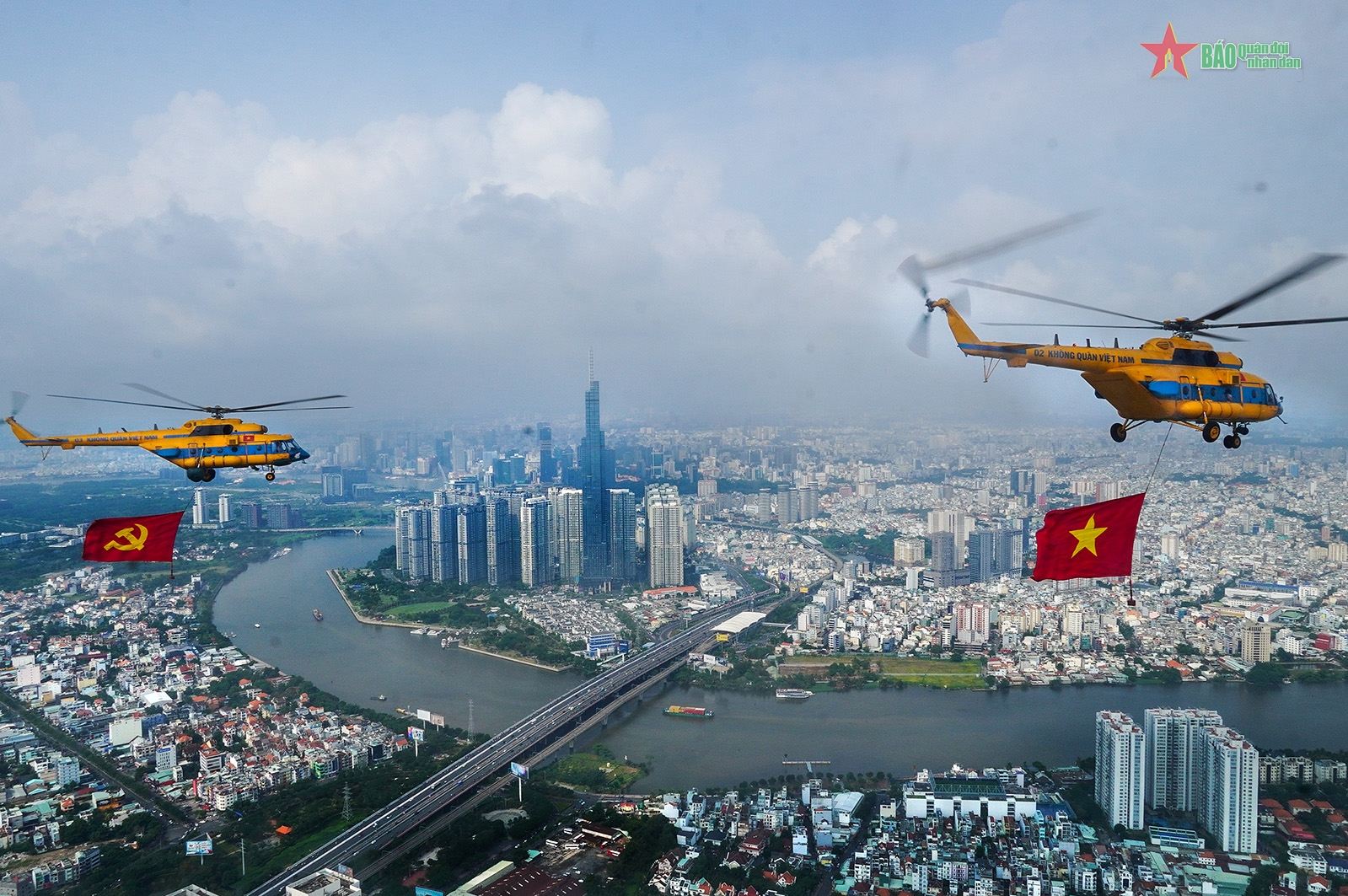












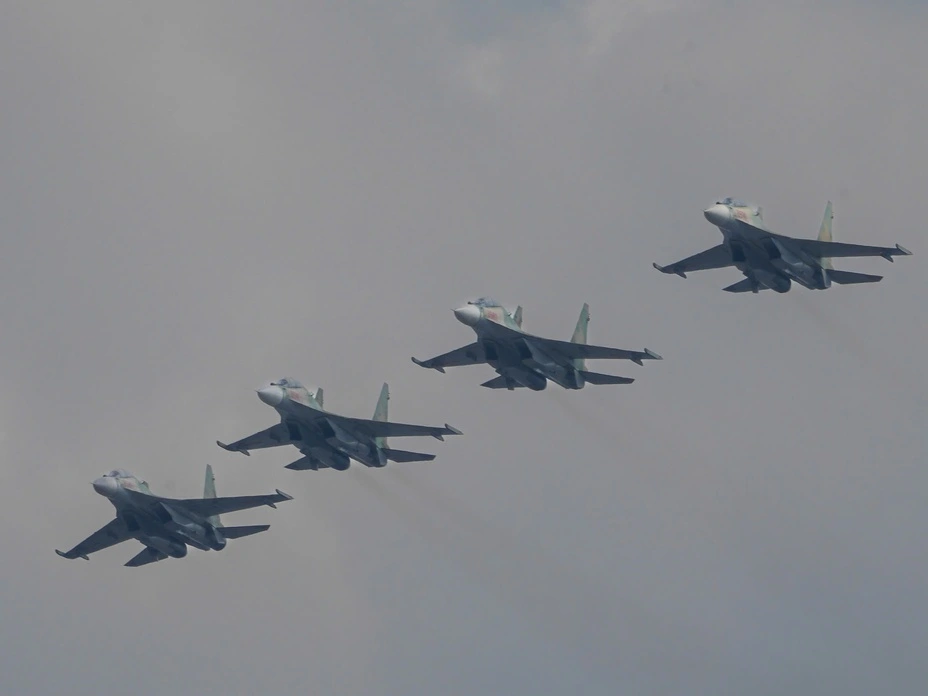















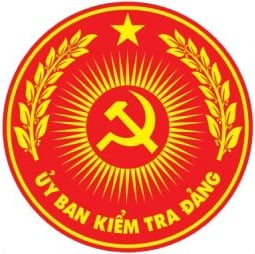

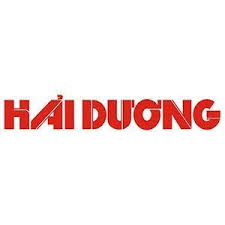
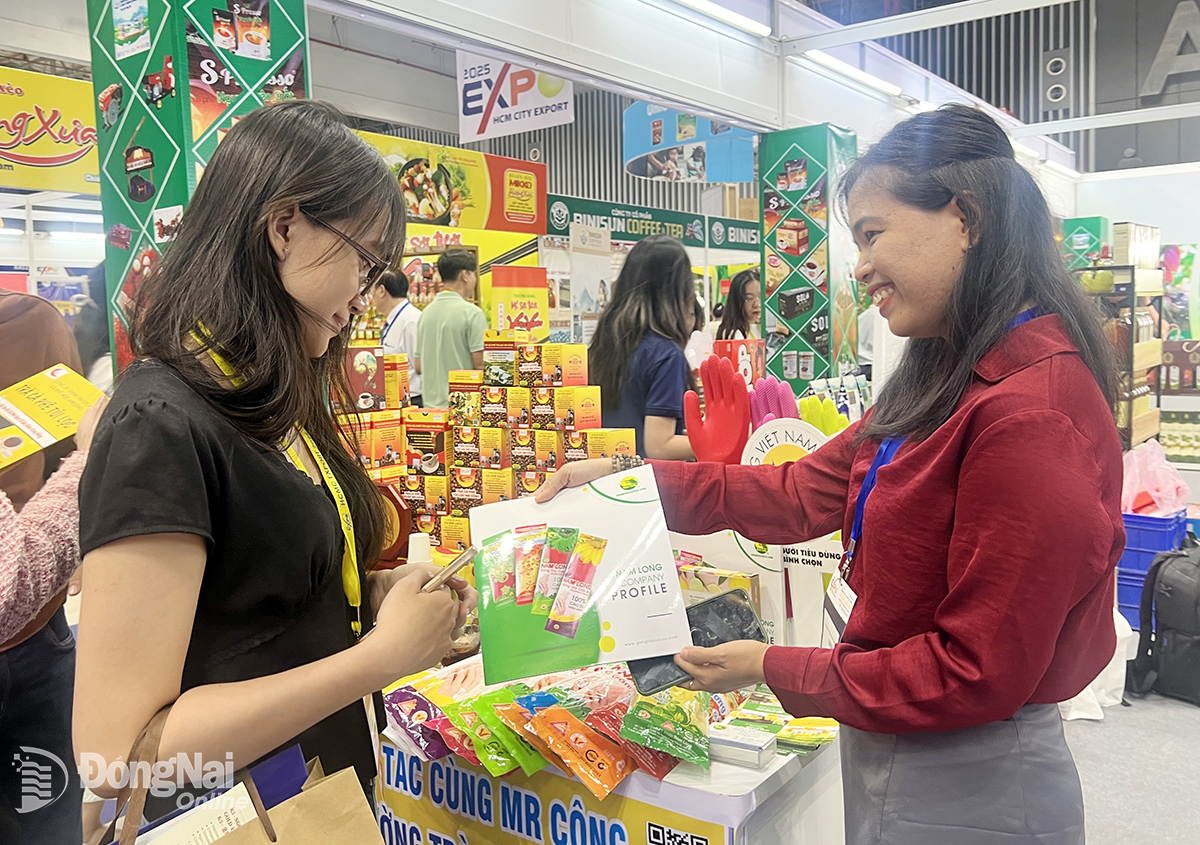

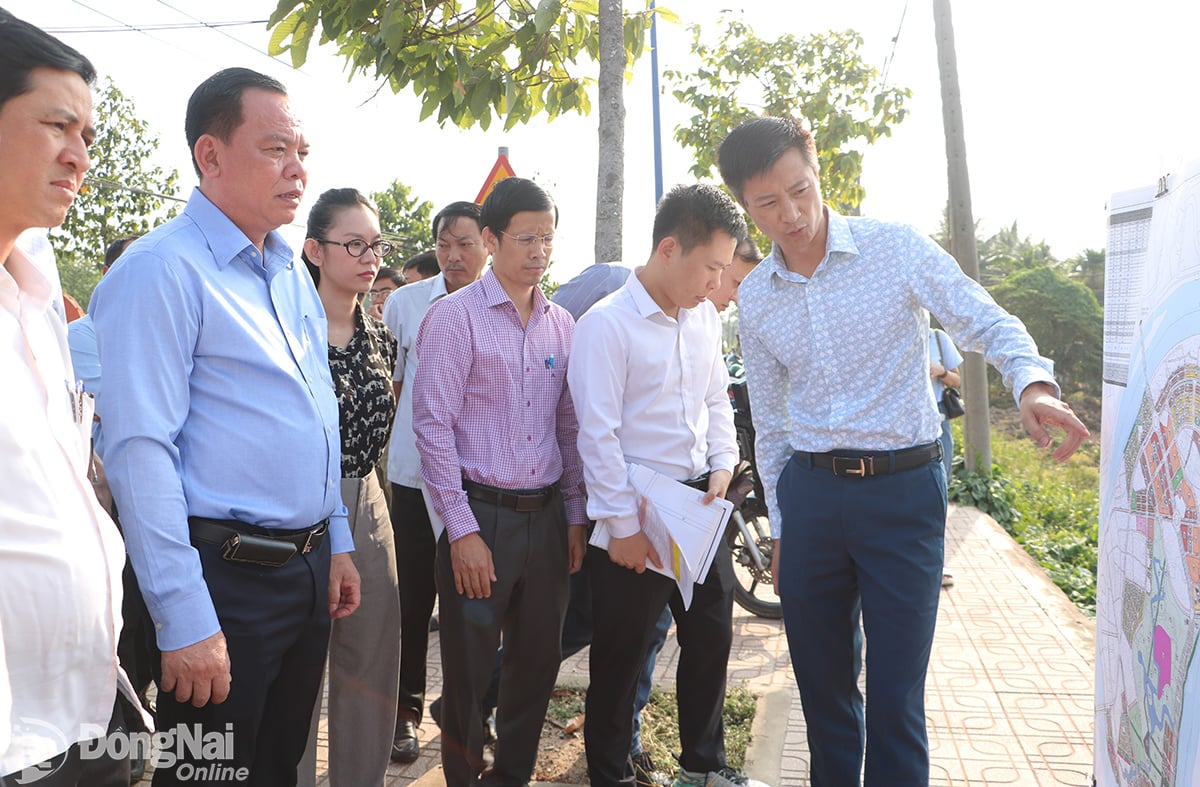


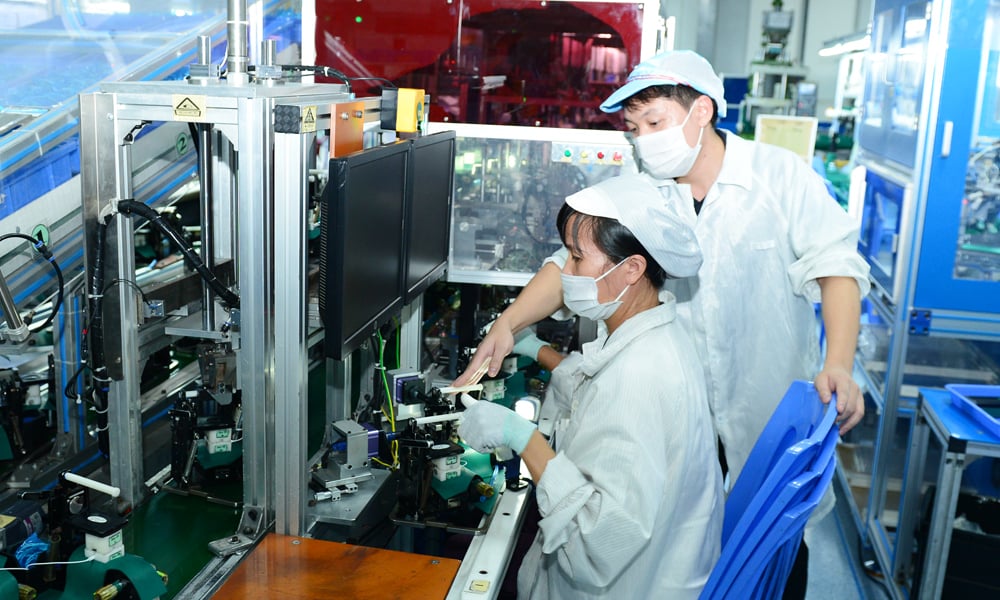








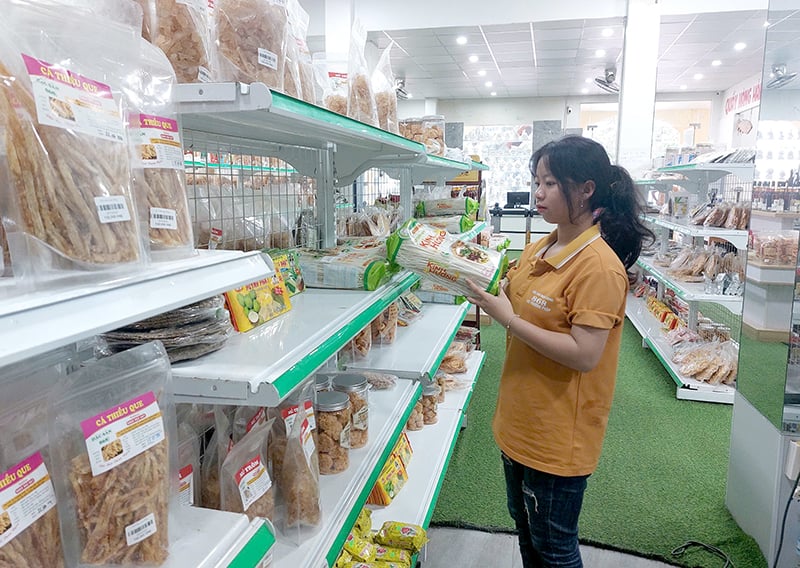

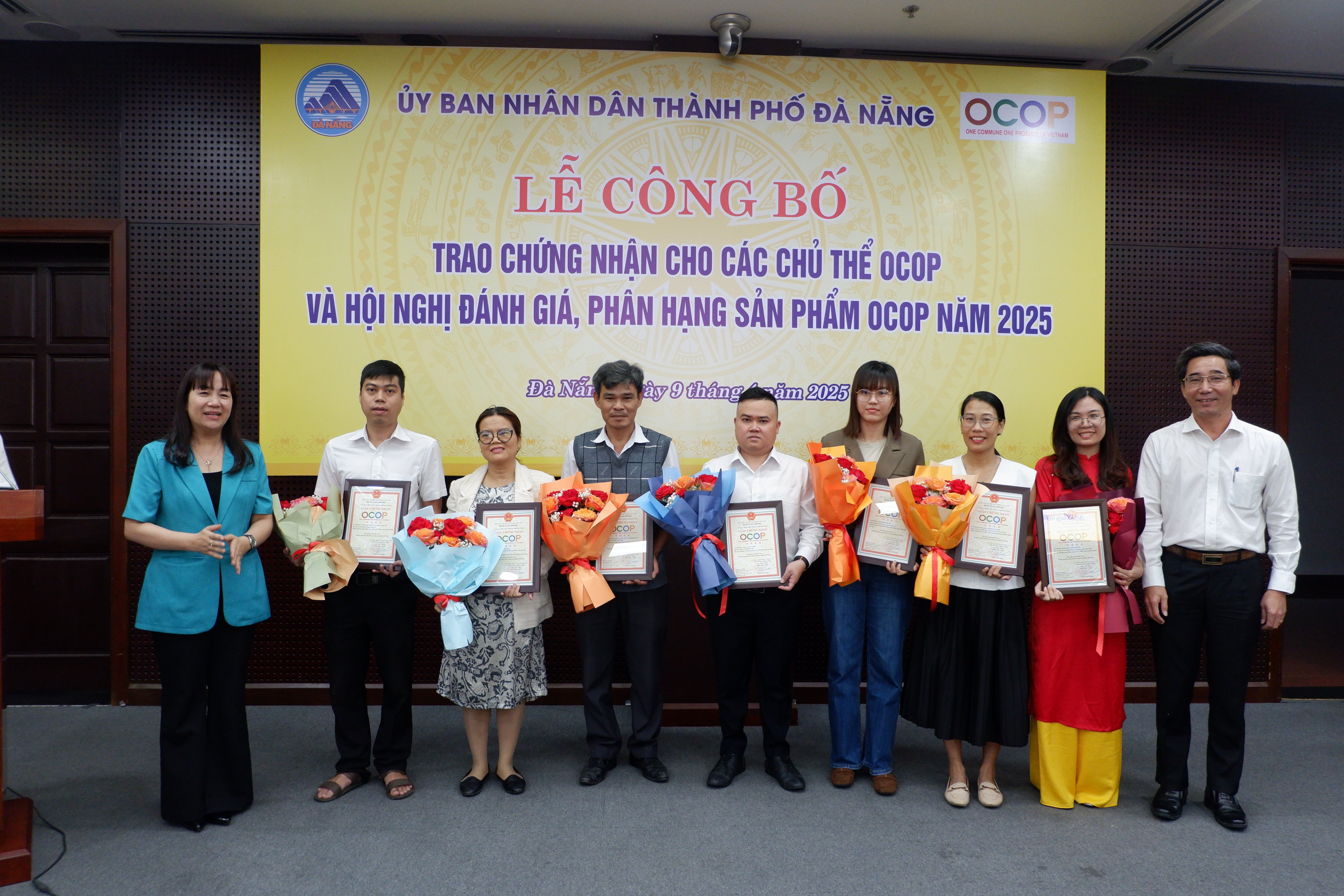

Comment (0)